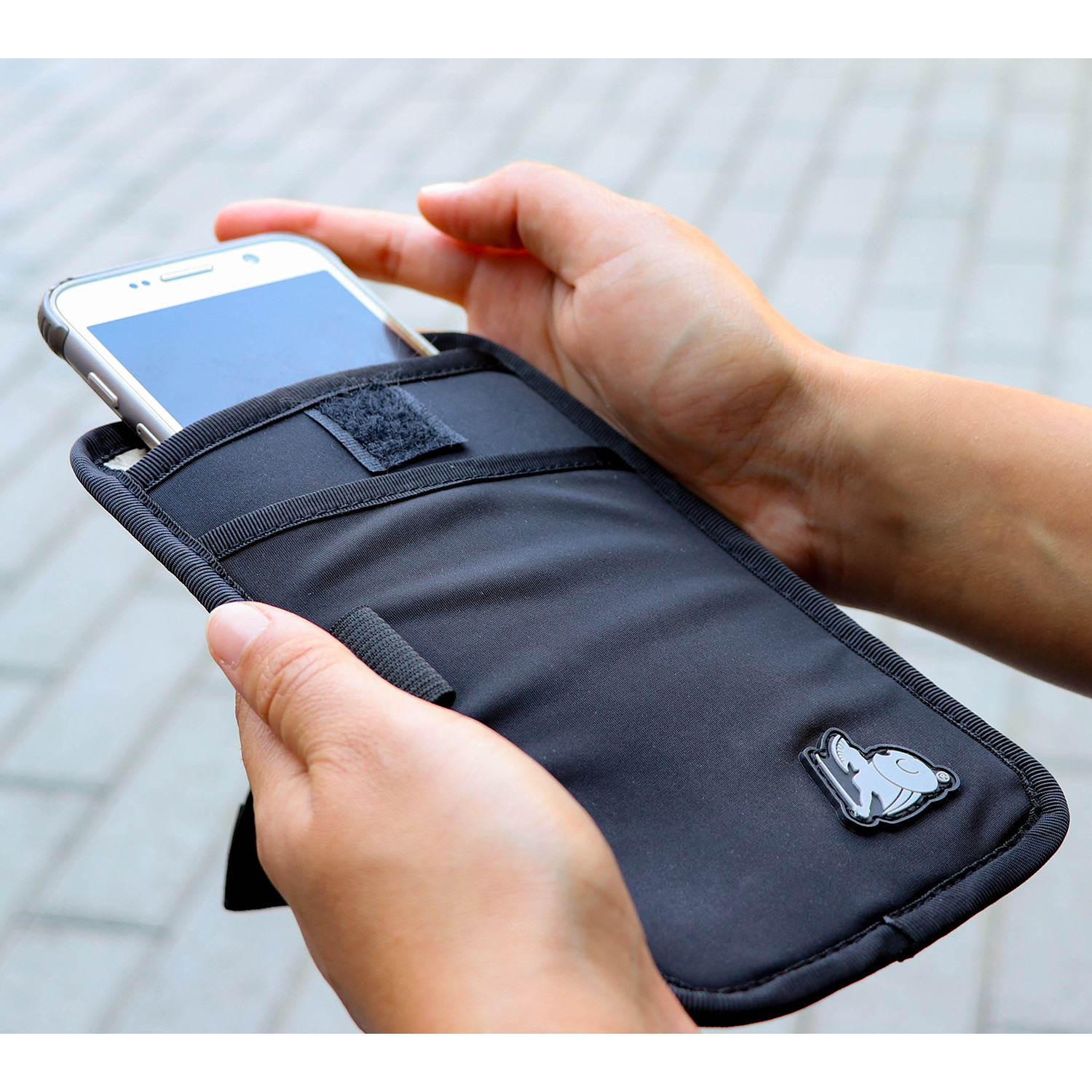The health consequences of 5G radiation are still being debated. However, one study has suggested that there is a connection between radiofrequency radiation and the development of cancers in male rats. This study was classified before it was declassified in 2012 by the Central Intelligence Agency, but it has proven that radiofrequency may cause cancer in animals, which includes humans. In the study, researchers exposed male rats to radiofrequency for 15 days , and found that they developed the similar types of cancers human beings do.
Health effects of radiation from 5G
Although the rapid growth of wireless communication have led to creation of 5G systems, there are growing concerns regarding the health effects of radiation from 5G. While the higher frequencies may not affect the body as much as older technologies, scientists have raised concerns about possible health effects that are systemic and have called for more research. To ensure that the population is protected to protect the population, there is a need for the European Commission is requesting independent studies to determine whether the technology could pose any health hazards.
5g radiation symptoms is important to note that there's a large amount of misinformation regarding 5G's effects on health It is crucial to clear any doubts that remain. Although 5G isn't yet widely used but there are many who are being told that it might cause health problems mostly via social media where sexy words are used.


Beamforming technique
Beamforming is one of the most crucial technologies used in 5G mobile networks. It is a technique that uses multiple radiating elements to create a narrow beam. The purpose of beamforming is to limit how much unwanted radiation is reflected that is in the resultant signal. This technique is commonly employed in wireless communication systems, and is essential for the 5G's cost-effective coverage.
The method involves electronically weighting the individual signals from each antenna. This results in the small beam of radiation that increases cell coverage indoors and around the edges of cells. This is crucial since poor coverage could lead to low user satisfaction. Apart from improving the signal, beamforming reduces the amount of interference that a user experiences from other devices.
Power density
The intensity of 5G radiation generated by cell towers is comparable to that of previous generations of 4G and 3G systems. One reason behind the low power is the sensitiveness of electronic components. The maximum radiation output of a 2G handset was about 2 Watts. The output of a 4G phone was approximate 200 milliwatts.
The power density is the amount of electromagnetic energy that is absorbed by the body at a certain distance. Its power density in 5g radiation is usually expressed in Watts per square meters. Contrary to the SAR measurement, it is an actual measurement of the quantity of electromagnetic energy in an area. The limits for power density may differ for wearables and mobile devices dependent on their operating frequency and distance.
Specific absorption
The Specific Absorption Ratio (SAR) is an measure that measures the rate at which a particular frequency deposits power into human tissues. In general, the SAR number should not exceed two watts per kilogram of body mass. The SAR value is calculated by the electrical field present in tissues as well as the density of mass, measured as kilograms for each cubic meter. 5g radiation symptoms was recent used to determine the antenna design.
The latest radio technologies that form the 5G network operate on frequencies below 6 GHz. These frequencies are known by the name millimeter wave. However the FCC's SAR compliance test only applies to frequencies up six GHz. Additionally the SAR test requires that measurements be performed with phantoms made of tissue simulating media.
Skin health effects
At present, we know very little about the impacts of 5G radiation to the skin. Our knowledge of the subject is limited because of the absence of in-vivo studies and theoretic models. There is however an urgent need for more studies on the effects of 5G radiofrequency radiation on human skin. Using 5G radio frequencies can cause skin damage, especially to the epidermis which is very sensitive.
In contrast to 4G, 5G radiation has a high frequency which has been proven to heat human body tissues. The human body is dipolar, so the increased frequency of 5G radio waves could cause heat to the skin. 5g radiation poisoning to 5G radio frequencies could be detrimental to other organs of the body, including the brain.
